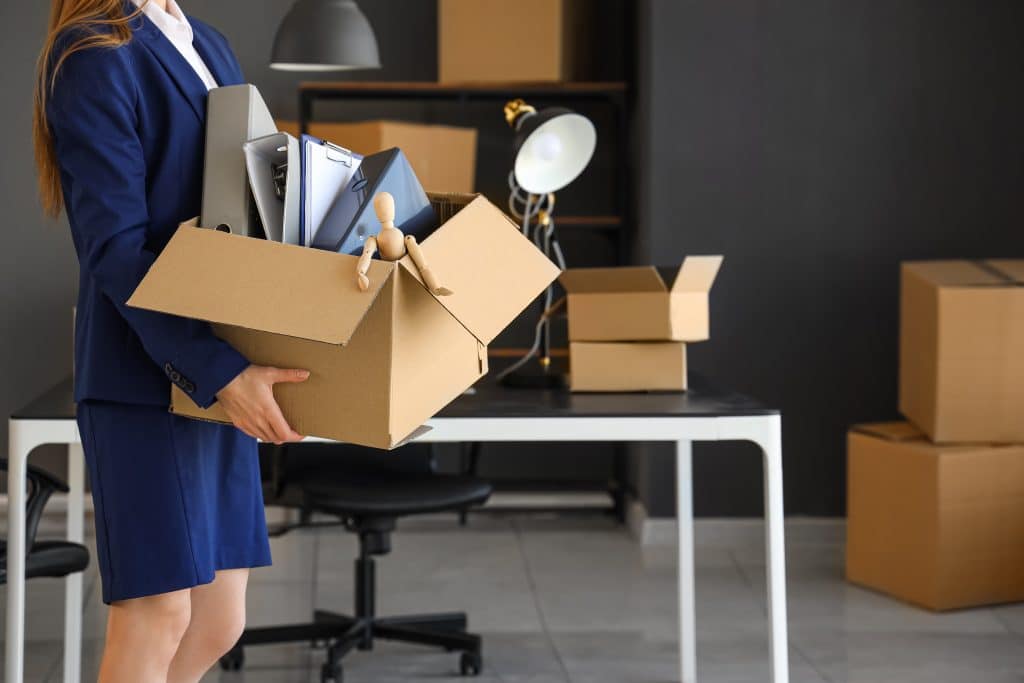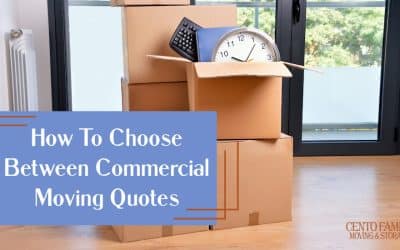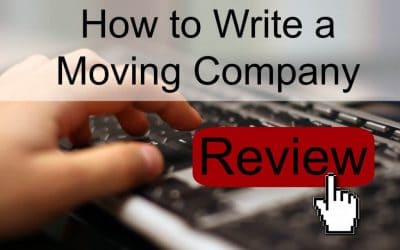The Ultimate Guide to Packing Office Equipment

Moving is often a stressful task but moving your office can be especially taxing. Packing up all of your essential equipment is much more involved than just throwing random items into boxes and calling it a day.
Properly packing office supplies and equipment not only ensures that your items remain protected during your office move, but it also helps to streamline the process.
Read on for some essential steps for packing office equipment so you can ensure that your items remain safe as you relocate.
Understanding Your Office Equipment
Before you buy the boxes and tape, it’s important to understand just what packing your office entails. Office equipment can range from bulky furniture to expensive electronics and each type requires a different approach.
- Office Furniture: This will include desks, chairs, shelving, cabinets, and bookshelves.
- Electronics: Computers, monitors, printers, phones, and any tablets or sound systems.
- Documents/Files: If you haven’t transitioned to all digital yet, you’ll have to transport any filing systems you use.
- Miscellaneous: Decorative items, personal belongings, office supplies, etc.
Office Packing Strategies
Furniture
Furniture can be extremely heavy and if damaged, deemed unusable. It’s important to move it the right way so you don’t have to invest in something expensive after the move.
- Disassemble What You Can: If you kept your instructions, use those but if not, find a way to remove legs from desks and tables. Take the shelves out of the bookcases and take apart any other furniture that you can. A good strategy is to take photos of the pieces before you take them apart and then label each piece for ease.
- Use the Right Materials: Wrapping furniture in bubble wrap and moving blankets ensures that you don’t ding or scratch anything.
- Protect Glass Elements: If your items have glass make sure that you pack the glass separately and securely using bubble wrap and very sturdy moving boxes.
Electronics
Office electronics are inherently expensive and considered fragile items so you’ll want to make sure to keep cords together, wrap everything well, and transport it safely on moving day.
- Original Packaging: If you have a store room and kept all of your original packaging, utilize it. They often come with styrofoam and sturdy boxes to keep the items safe. If you don’t have the original packing, use plenty of bubble wrap or packing peanuts.
- Label Cords and Cables: Disconnect all cords and cables (to make sure they don’t get lost or yanked out and damage ports), label them, and pack them with the devices they belong to.
- Screen Protection: Foam or bubble wrap should be sufficient enough to protect screens. Make sure to mark the boxes as “fragile” and make sure to transport them upright.
Documents and Files
Documents and files typically contain sensitive information and/or trade secrets. You want to make sure that they are transported safely and securely and that nothing gets lost in transit.
- Organization: Organization will be your best friend when it comes to documents and files. Separate into categories and label your boxes so you know exactly what is inside each one.
- Secure Containers: Use sturdy packing boxes or special file containers to prevent files from being damaged. Consider waterproof containers for extra safety.
- Backup: If your files are digitized, you’ll want to back up everything prior to transport. That way you’ll be up and running in no time.
Miscellaneous Items
For employees’ personal items or decorative items, you can take standard packing procedures. Provide them with boxes adequate for transporting their personal belongings and they can either bring them into the office with them or secure them on your moving truck.
It’s important to label everything even if it’s your own belongings. That way they don’t get mixed up with someone else’s.
Additional Tips
- Start Early: Begin the process of moving well in advance. It’s vital to the success of your move.Begin the packing process well in advance of your moving date to avoid last-minute rushes.
- Office Moving List: Consult the Ultimate Office Move Checklist. It will help keep things organized in an easy to read timeline.
- Hire Professionals: Consider hiring a professional moving company, especially for transporting heavy and equipment.
Get Quotes: Shopping around for quotes is essential when you’re hiring a moving company. Don’t just go with the lowest because their price tag is nicer. Make sure you look at reviews and ask questions before making your decision.
Cento Moving Moves So You Don’t Have To
Moving your office can be an exciting venture but it requires special attention to detail and very careful planning. That’s where Cento Moving comes in. We move so you don’t have to.
By hiring a professional moving company with insurance that exceeds the required minimum, you’re showcasing the investment you’ve made in your business. We will carefully plan, pack, and move your office equipment with ease. Don’t have time to set up your office? No worries, we can handle that too.
Call us today to schedule your office move!
Recent Posts
- The Ultimate Guide to Packing Office Equipment April 12, 2024
- How to Find a Reliable Mover (and Avoid Scams!) April 5, 2024
- How Much Does It Cost To Move (Without a Moving Company)? March 13, 2024









